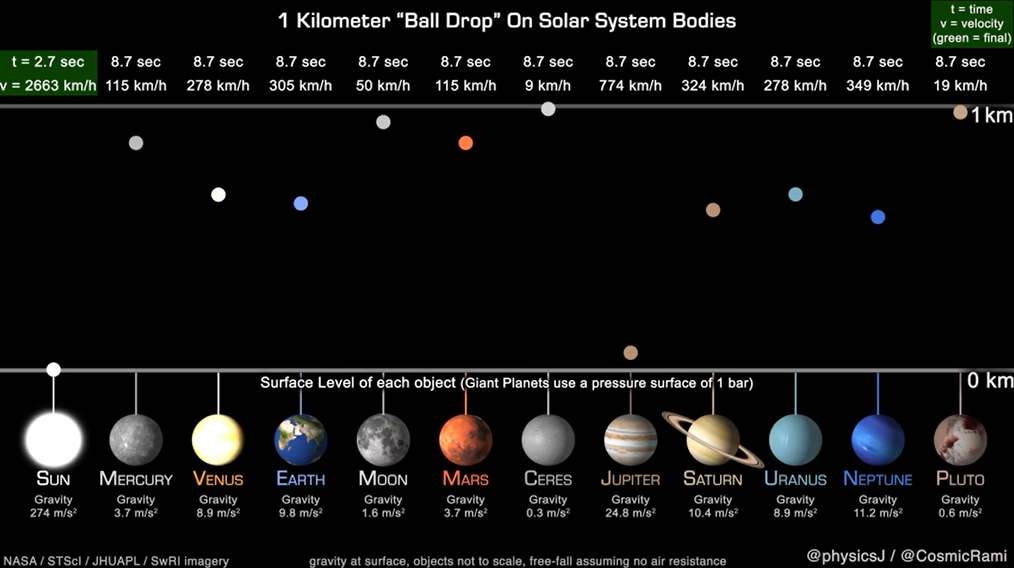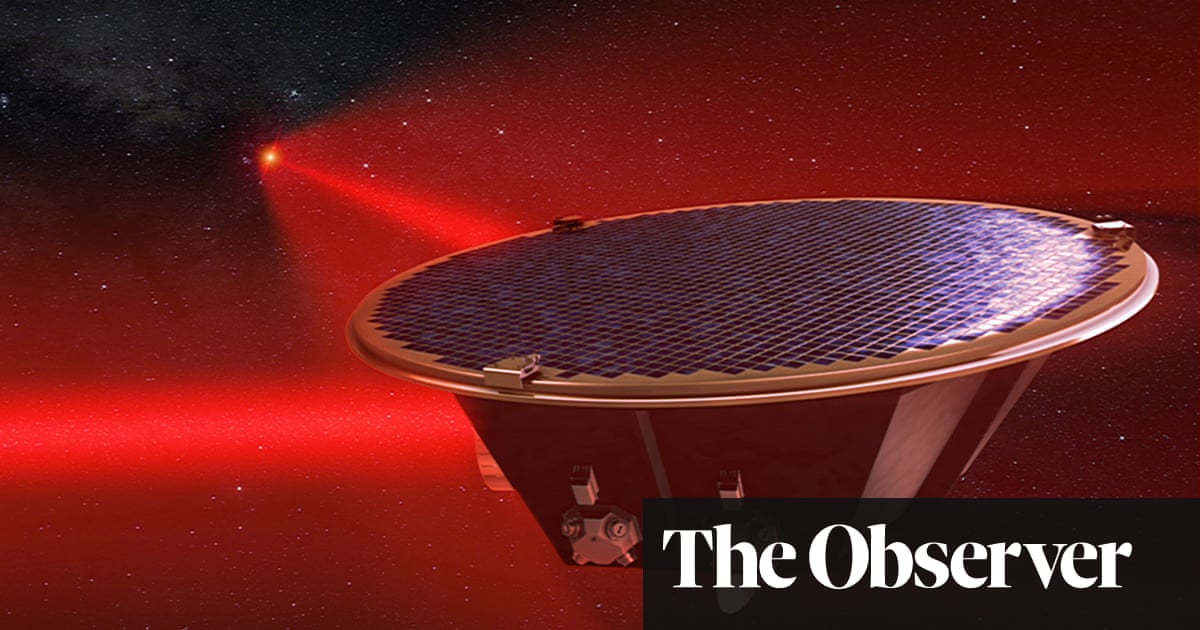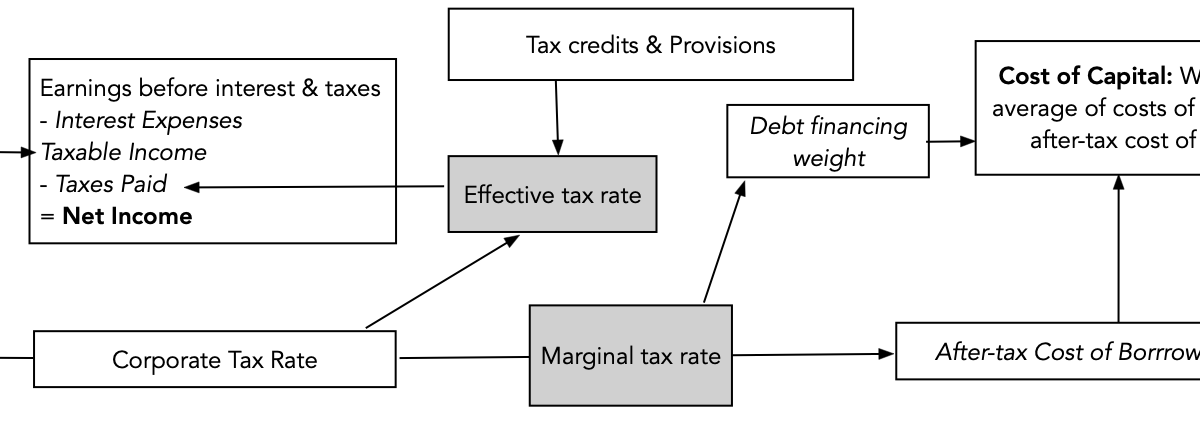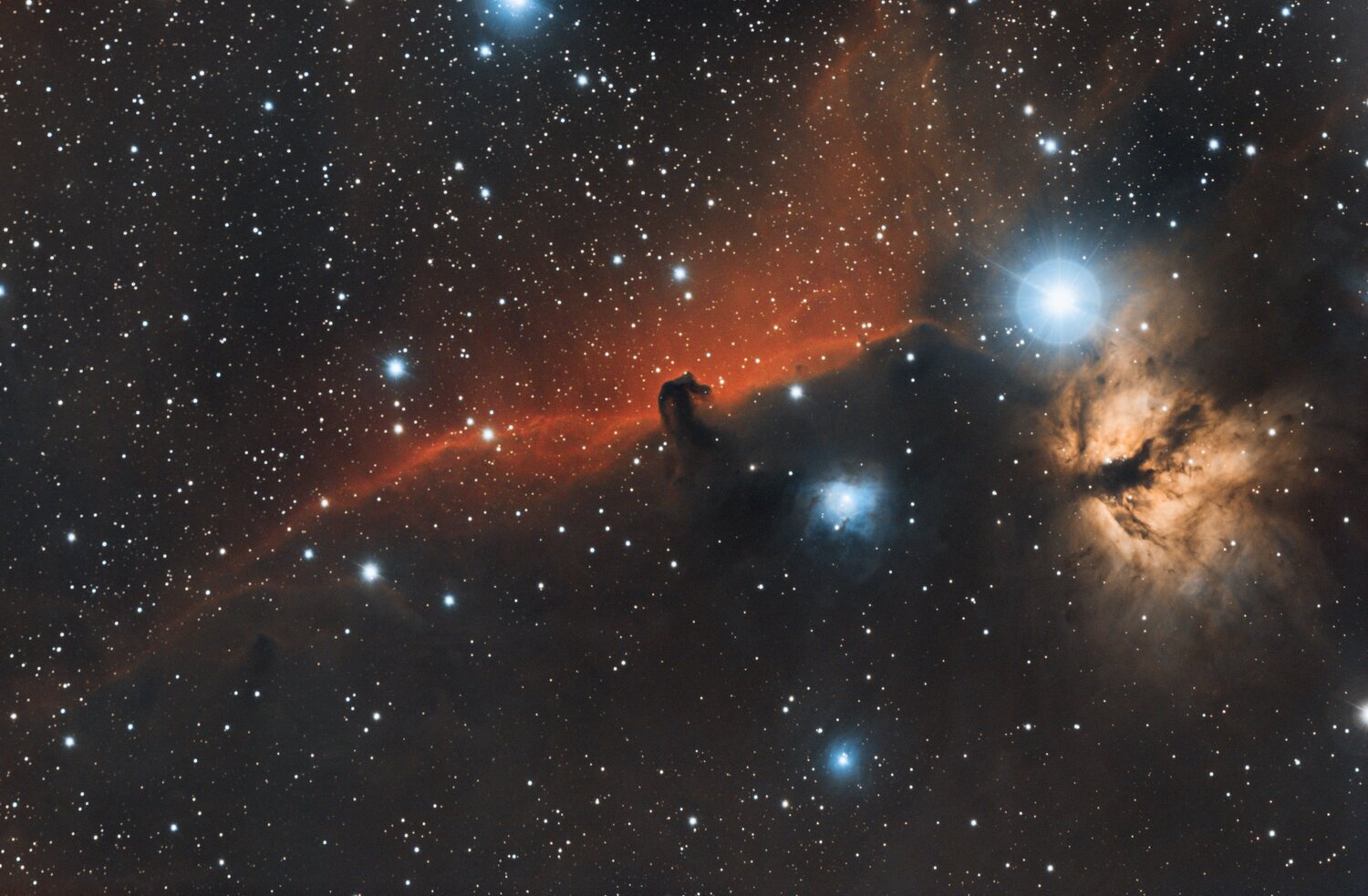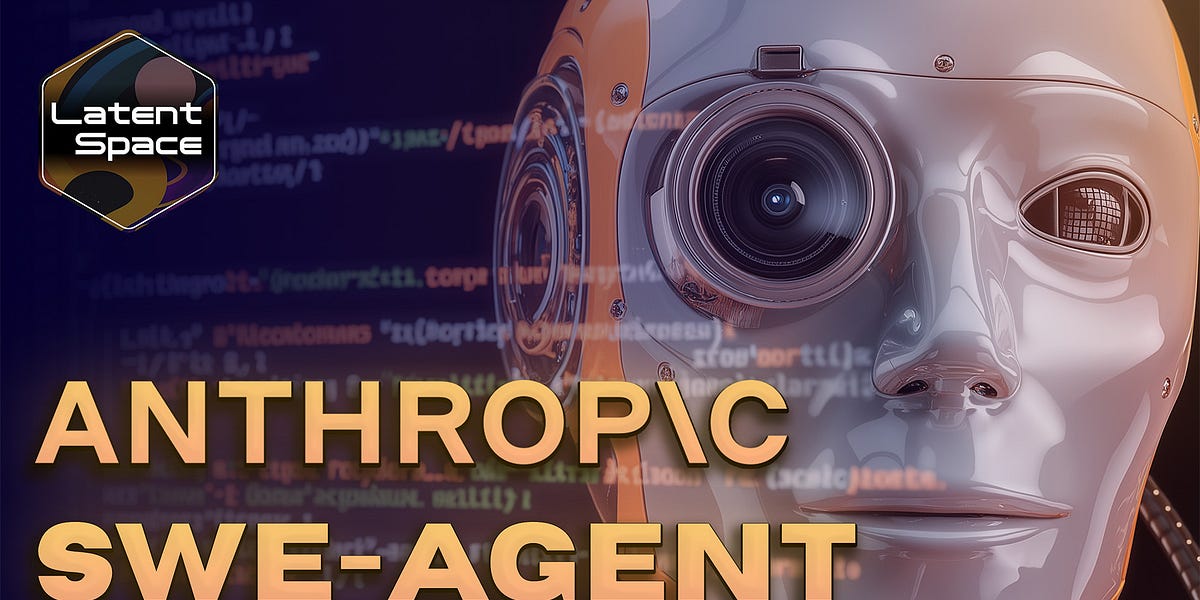
Euclid Could Find 170,000 Strong Gravitational Lenses
Gravitational lensing is a concept where dark matter distorts space revealing its presence through its interaction with light. ESA’s Euclid mission is mapping out the gravitational lensing events to chart the large scale structure of the Universe. Euclid is also expected to discover in excess of 170,000 strong gravitational lensing features too. AI is expected to help achieve this goal but machine learning is still in its infancy so human beings are likely to have to confirm each lens candidate.
Gravitational lensing was originally predicted by Einstein’s theory of general relativity. The theory proposed that a massive object such as galaxy or even a cluster of galaxies, would warp and bend space, thus magnifying light from more distant objects. Light travels through space in a straight line but bend space, for example in a gravitational field, and light appears to bend too. The lensing effect can result in various visual phenomenon such as arcs, multiple lensed images or even a complete ring around an object which became known as an Einstein ring.
Observing gravitational lensing gives a great insight into the distribution of matter across the universe. One probe which is exploring and studying the phenomenon is the Euclid mission. It was launched by the European Space Agency in 2023 to study the lensing events. Studying the lenses and analysing the resultant images across billions of visible galaxies allows for a detailed map to be built revealing the distribution of both dark matter and dark energy. This will help us to understand how dark matter shapes structures in the Universe and how dark energy drives the accelerated expansion of the universe.
